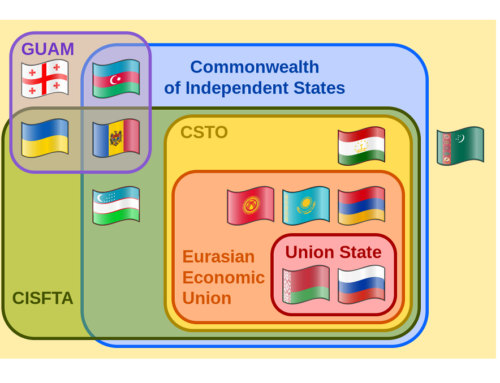The creation of the European Union (EU) set the stage for a unified financial system with a common currency—the euro. Why then, are there twenty-seven member states in the EU and only nineteen of them using the euro? While most EU member nations agreed to adopt the euro, a few have decided to stick with their own national currencies. Moreover, in order to adopt the euro, countries have to meet certain economic criteria such as a stable exchange rate and low inflation [1]. After joining the Eurozone, the state cannot independently issue money and regulate the interest rate, transferring the control of its financial system to the the common policy of the union meaning that an economic initiative could be put in place that is highly suitable for one country, but potentially not as fitting for another. Given that the European Central Bank (ECB) has full responsibility and authority in setting the fiscal and monetary policies for the entirety of the Eurozone, the individual states are left with no power to shape policies to cater to its own economic conditions [2].
As a result, some member states have chosen to postpone adoption of the euro because of the anticipated negative consequences. The damaging ramifications that were perceived to be tied to membership of the Eurozone materialised during Greece’s debt collapse in 2010, when the financially struggling nation was forced to take out more loans that it could not repay, concurrently causing harm to its credit rating. That Greece lacked its own currency meant that it was not able to print more money and thereby increase inflation in order to reduce the debt burden and stabilise the situation. At the same time, the UK, which was still a member of the EU, but operated maintained its pound sterling, was able to lower interest rates and nullify some of the most harmful effects of the crisis. It was the Greek scenario however, that starkly demonstrated the
complex and potentially suffocating nature of introducing a single currency and thus became a deterrent even for those states that actively advocated integration processes.
However, in spite of the aforementioned potential drawbacks Croatia is soon to become the 20th EU nation to join the currency union by giving up its domestic currency, the kuna, in favour of the euro. The usage of Croatian kuna in the 20th century has fluctuated alongside the ever-changing nature of its political status. Kuna were for example, in circulation throughout the state from 1941 to 1945, but after the end of World War II, Yugoslav dinars were used as currency in Croatia. However, after the violent breakup of Yugoslavia in the early 1990s, kuna were put back into circulation once Croatia gained independence in 1994. Fast forward 15 years from readoption of the kuna, and Zagreb had slowly began the process of joining the eurozone in 2019 by joining the European Exchange Rate Mechanism (ERM II). With that act, Croatia committed itself to establishing a program of policy alignment with that of the eurozone’s, including enactment of more comprehensive legislation to combat money laundering, and a reduction of the financial and administrative burden on enterprises [3]. Through the adoption of such regulations and reforms, Croatia sought to fulfil the required economic convergence criteria: price stability, sustainable public finances, exchange-rate stability, and stable long-term interest rates.
The Western Balkan country went on to achieve success in its convergence efforts, and circulation of the new currency throughout Croatia began this year on September 5, with kuna still coexist in parallel until January next year. A single currency offers many advantages to Croatia: a more stable economy that is conducive to increased levels of investment, simplified cross-border trade for companies with other member states, and better choice and opportunities for consumers. Opponents argue that Croatia is not prepared to join the Eurozone, fearing that it would cause a rise in prices and poverty. The reason for this growing skepticism towards euro membership is the timing: Croatia enters the Eurozone amidst conditions of economic uncertainty and turbulence. Furthermore, the euro is weakening due to record inflation in the EU and uncertainty about gas supplies; on July 12, the euro and dollar exchange rates equalised for the first time since 2002 [4]. A last, more practical point involved in the adoption of the euro, is that it will cost local banks approximately €133 million per year in the form of missed conversion fees, and on top of that the cost of adapting IT services and ATM networks will amount to €80-100 million. So, the ultimate question is whether or not the headache that has undoubtedly been induced in the heads of many Croats by this process is worth or not? The answer to that we will most likely not be known for some time.
Sources:
1. European Commission. Convergence criteria for joining. https://economyfinance.
ec.europa.eu/euro/enlargement-euro-area/convergence-criteria-joining_en
2. European Union. European Central Bank (ECB). https://european-union.europa.eu/
institutions-law-budget/institutions-and-bodies/institutions-and-bodies-profiles/ecb_en
3. European Central Bank (2020) Communiqué on Croatia. https://www.ecb.europa.eu/press/
pr/date/2020/html/ecb.pr200710_1~88c0f764e7.en.html
4. Goodkind, N. (2022, July 12) The euro and the US dollar are at parity for the first time in 20
years. CNN. https://edition.cnn.com/2022/07/12/investing/euro-dollar-parity/index.html




